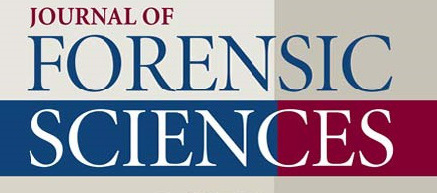Microscopical recognition and characterization of solution dyed fibers
The Journal of Forensic Sciences recently published a new article by Microtrace Microscopist Kelly Brinsko-Beckert, entitled “”Microscopical recognition and characterization of solution dyed fibers.” The paper follows the development of a microscopical process to recognize a fiber as solution dyed and then characterize the color and optical properties of each type of pigment found in a given fiber.
To access the paper online, please visit the Wiley Online Library, otherwise, please contact us and we will be happy to provide a copy of the article.
Abstract
“Microscopical recognition and characterization of solution dyed fibers”
Kelly Brinsko-Beckert MS, Skip Palenik BS, Otyllia R. Abraham MS, Ethan Groves BS, Christopher S. Palenik PhD
Journal of Forensic Sciences, 2023
https://onlinelibrary.wiley.com/doi/10.1111/1556-4029.15423
Solution dyed fibers are synthetic fibers colored through the addition of insoluble pigmentation to the polymer prior to extrusion. This is in contrast to most textile fibers, which are traditionally colored via immersion in liquid dyebaths following extrusion. Solution dyed fibers are increasing in market share in numerous applications (e.g., apparel, carpet, upholstery), and thus, the microscopic characteristics and variety of pigments used to color them represent unexploited properties in forensic fiber comparisons. This paper presents the development of a microscopical process to first recognize a fiber as solution dyed and subsequently characterize the color and optical properties of each type of pigment found in a given fiber. To this end, a set of 76 fibers, representing polypropylene, nylon, polyester, and rayon, spanning all nominal colors and several consumer applications were analyzed longitudinally and in cross section using a combination of polarized light, fluorescence, and oil immersion microscopy. A given fiber contained between one and six different pigments, and a total of 260 pigments (not all unique) were recognized within this set of fibers. Pigment morphologies were categorized as angular, elongated, rounded, finely divided, or streaky, and about 40% of the pigments fluoresced. Ultimately, this body of data is intended to provide trace evidence examiners with a specific approach to recognize and begin to exploit pigmented fibers encountered in casework.
How May We Help You?
Contact usto discuss your project in more detail.








